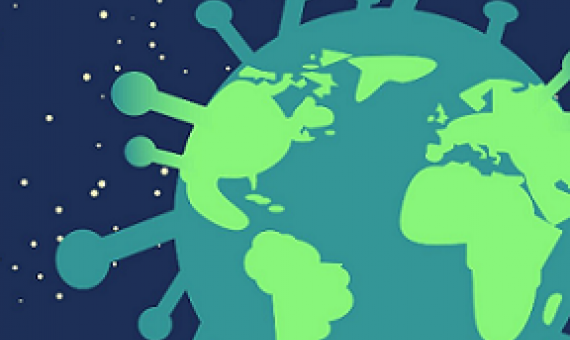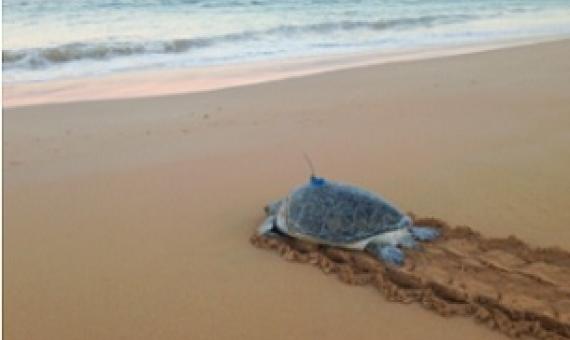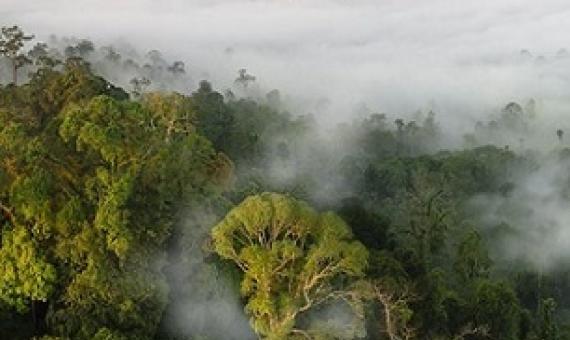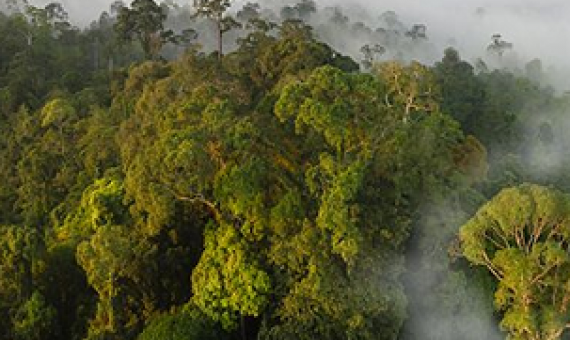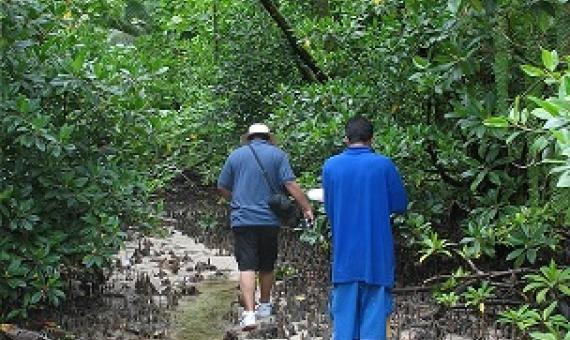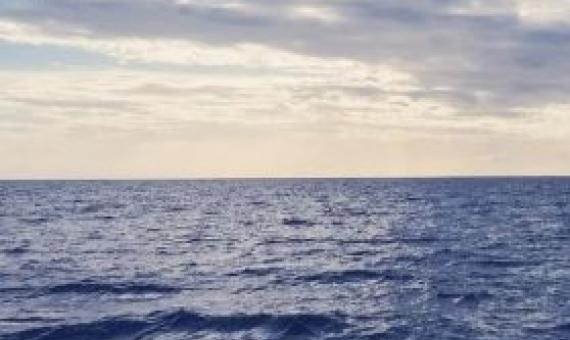There is increasing awareness that the COVID-19 pandemic is the consequence of environmental and societal crises.
Across the globe, sea level rise is threatening island communities. But in the Pacific Ocean, some atolls—ring-shaped islands sitting on coral reefs—are actually expanding over time, posing a perplexing paradox: How can drowning islands also be growing?
A new study reveals that greater bird biodiversity brings greater joy to people, according to recent findings from the German Center for Integrative Biodiversity Research.
Marine scientists have mapped previously unknown foraging grounds and migratory routes of Western Australia’s green turtles to support conservation of the iconic threatened species.
In a new study published today in the Proceedings of the National Academy of Sciences, a research team co-led by the University of Minnesota, examined the risks to human well-being and prosperity stemming from ongoing environmental degradation...The study found that understanding an
Planting trees and preventing deforestation are considered key climate change mitigation strategies, but a new analysis finds the cost of preserving and planting trees to hit certain global emissions reductions targets could accelerate quickly.
The possibilities of citizens to participate in natural resource governance are increasing.
Washington State University scientists have developed a new way to classify the ocean's diverse environments, shedding new light on how marine biomes are defined and changed by nature and humans. Newly published in Global Ecology and Biogeography, research...revealed a new appr
Occurrence and abundance of meso and microplastics in sediment, surface waters, and marine biota from the South Pacific region
Data on the occurrence and abundance of meso and microplastics for the South Pacific are limited and there is urgent need to fill this knowledge gap. The main aim of the study was to apply a rapid screening method, based on the fluorescence tagging of polymers using Nile red, to determine the concentration of meso and microplastics in biota, sediment and surface waters near the capital cities of Vanuatu and Solomon Islands. A spatial investigation was carried out for sediment, biota and water as well as a temporal assessment for sediment for two consecutive years (2017 and 2018).
The Power of Three: Coral Reefs, Seagrasses and Mangroves Protect Coastal Regions and Increase Their Resilience
Natural habitats have the ability to protect coastal communities against the impacts of waves and storms, yet it is unclear how different habitats complement each other to reduce those impacts. Here, we investigate the individual and combined coastal protection services supplied by live corals on reefs, seagrass meadows, and mangrove forests during both non-storm and storm conditions, and under present and future sea-level conditions. Using idealized profiles of fringing and barrier reefs, we quantify the services supplied by these habitats using various metrics of inundation and erosion.

